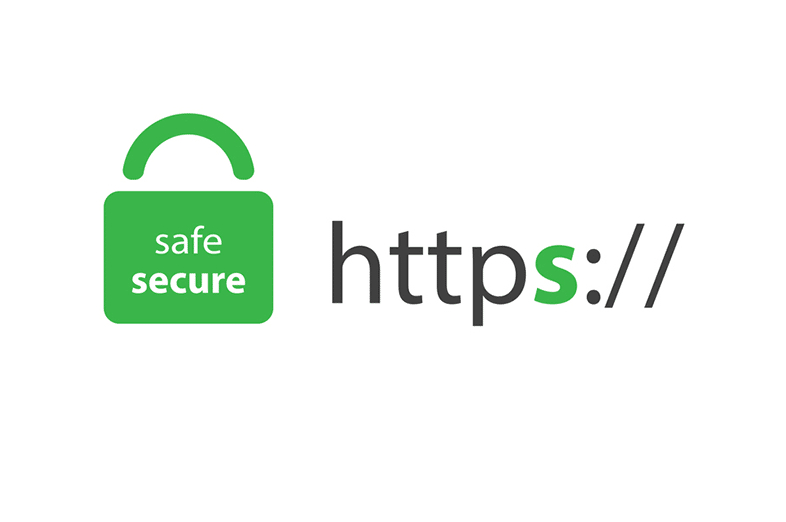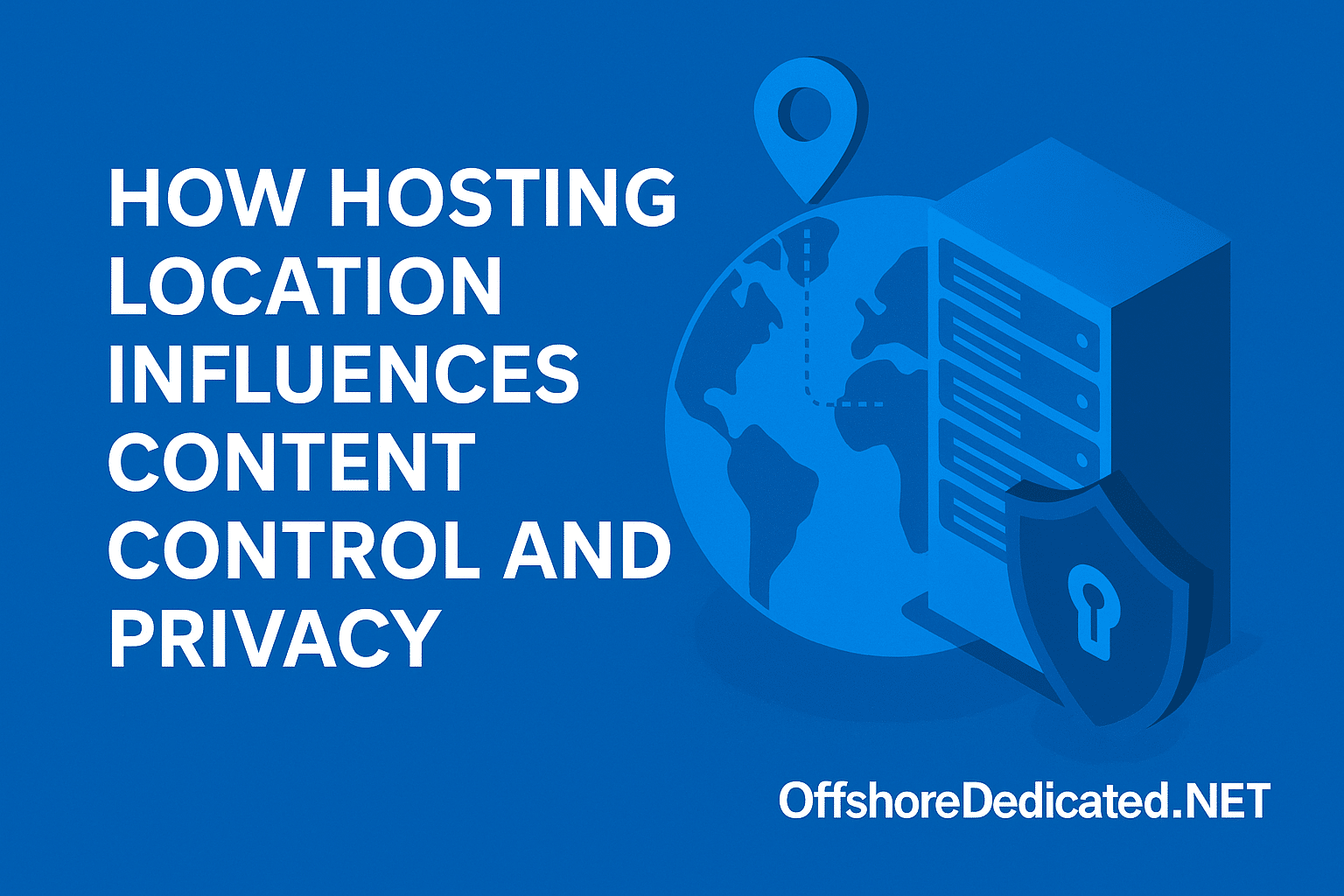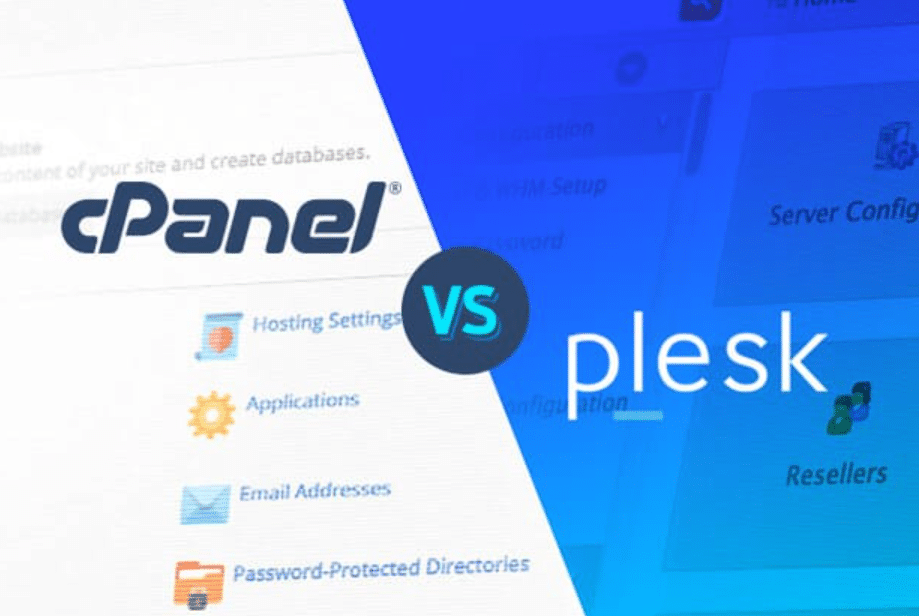An Overview of HTTPS
That is why HTTPS is necessary for internet resource protection from inadvertent leakage in the modern internet environment. HTTP SS is a layer of HTTP that incorporates encryption procedures for the data exchange between the user browser and the server.
They enhance data security to limit the wrongdoers from accessing the desired data. In addition to protecting information, HTTPS is also valid for increasing a site’s ranking. When it deems your website more trustworthy, HTTPS can be beneficial in terms of search engine rankings.
Thus, the advantages of using encryption obtained through HTTPS are crucial in protecting the consumer’s data and meeting data protection legal requirements. Adopting HTTPS as a standard illustrates that such companies are ready to make an Internet space a more secure place for everyone.

HTTPS and Its Influence on Search Rankings
Search engines, especially Google, have long stressed the importance of secure websites. Since 2014, Google has favoured sites that use HTTPS, offering them a ranking boost.
This preference goes a long way in explaining why HTTPS is a ranking factor grid for websites in search engine results. Web sites of higher security are considered more credible and trustworthy, which benefits their standings in search engine results.
Adopting HTTPS signals to search engines that a site takes user security seriously. This can lead to better indexing and higher visibility on search engine results pages (SERPs). In turn, sites with HTTPS are more likely to attract organic traffic, as users are inclined to click on marked secure results.
Additionally, HTTPS can reduce bounce rates. When users feel confident that their data is protected, they are less likely to leave the site immediately, which sends positive engagement signals to search engines. Over time, these signals can further boost a site’s rankings.
Websites that switch to HTTPS also benefit from enhanced referral data in Google Analytics. With HTTP, referral data can be lost, appearing as “direct” traffic. HTTPS does not change any of the referral data and offers website owners a picture that is crucial to help SEO efforts.
HTTPS is a technical change and an initiative that can at least partly reposition a company on the web and regarding search engine results. HTTPS is a must-have in any SEO strategy as it makes your site compliant with search engine preferences and helps to increase users’ trust and improve the performance of the site.
Building User Confidence and Interaction
One significant advantage of HTTPS is its power to instil confidence in users. When visitors notice the padlock icon next to the web address, they immediately understand that the site is secure. This is valuable in influencing users to visit the website for a longer time to enter their information now, to make a purchase or to fill in forms, among others.
Interpersonal trust takes place in all manners of the user interaction process. Websites users deem trustworthy have higher engagement rates, as people are likelier to return and recommend such sites to others. This is a good thing, as users are more at ease with their interactions, knowing that their data is safe; this creates a securing element and trust.
Also, HTTPS can make the user experience more pleasant by improving website loading speed. HTTP/2 is an enhancement of the HTTP protocol that helps loading to be faster in sites that are protected with HTTPS.
There is evidence that faster sites are more attractive to users, so there are fewer chances they will leave the site waiting for the pages to load. This improved performance will bring higher engagement and even more extended visits, as a user will be willing to spend time on a fast-loading site.
Web stores, in particular, effectively use HTTPS. These stated policies and practices ensure customers feel enhanced security in their financial transactions. That way, the users will probably complete the purchase, thereby improving both sales and revenues. Besides, a secure site will likely have repeat customers who seek protection of their identity and payment methods.
Implementing HTTPS also has positive benefits when it comes to managing website analytics. Unlike the non-secure sites, problems with wrong referral data are less likely to occur, and this will give the site owners a chance to get a clearer picture of where the traffic is coming from. This accurate data is crucial in improving and optimizing marketing strategies and improving users’ experiences.
HTTPS plays an essential role in the web development process, making a given site safer and more usable. As web resources’ owners change to HTTPS, they can guarantee users are working in a safer environment, enhance the stability of their cooperation with other people and promote developing mutual cooperation in the long term.

Safeguarding Data and Ensuring Privacy
Data protection is a primary concern for both website owners and users. HTTPS also offers warranty advantages that ensure data conveyed over the Internet is protected from potential intruders, malicious attacks, and dishonest persons within the system who may grab details such as passwords, credit numbers, and even personal information.
This level of protection is essential for maintaining user privacy and complying with data protection regulations. Using HTTPS, websites can assure clients that their data is safe from danger and cyber-attacks.
Modern humans are more exposed to cyber threats than ever in history. Fortunately, being a well-known target for hackers and cybercriminals, website owners understand the need for strong security mechanisms. HTTPS reduces such risks by encrypting data so that third parties cannot gain access to the data being transmitted.
Moreover, HTTPS helps establish the website’s identity; malicious actors can intercept the data exchange process between the user and the website and modify it as desired – such a process is called “man-in-the-middle.” This ensures that the user is accessing the intended site while using a particular link, improving their security.
Most current browsers also tell users they are on a non-secure site. These warnings can help dissuade potential visitors, which means higher bounce rates and less user trust. Through HTTPS adoption, website owners can eliminate such messages to enhance a seamless customer experience.
However, HTTPS is not limited to e-commerce sites; it is necessary for any site that collects user data such as login and personal information. Though implementing HTTPS entails assuming a proactive stance to reduce the risks inherent in a website’s security system, the procedure protects against many cyber threats, making the website more secure for all its users.
Technical Steps and Considerations
Migrating from HTTP to HTTPS involves several key steps and considerations. The process begins with obtaining an SSL certificate from a trusted Certificate Authority (CA). Once acquired, the SSL certificate must be installed on your website’s server. This step is critical as it enables the encryption that protects data transmitted between users and your site.
After installing the SSL certificate, the next step is to update all internal links and resources to ensure they use HTTPS. This also filters through your website code and replaces things like images, links to scripts, and links to style sheets.
To address this, third-party content must also run over HTTPS to prevent mixed content, which happens when a secure page or website loads non-secure resources. This may ruin the security of your site and cause browsers to warn that the site has mixed content.
Proper 301 redirects should be set up to guide traffic from HTTP to HTTPS versions of your pages. This helps maintain your search engine rankings and prevents traffic disruption. It’s also a good idea to update your sitemap and submit it to search engines, signalling the change to HTTPS.
Another important consideration is to verify that all canonical tags point to the HTTPS version of your pages. This helps search engines understand that the HTTPS pages are the authoritative versions. Additionally, updating your website’s robots.txt file to allow search engines to crawl your HTTPS pages is crucial.
When migrating, it is crucial to perform continuous checks and migration checkpoints in the expectation of encountering problems. Examples are checking whether your website’s CDN backs HTTPS and confirming that tracking has not been interrupted.
Therefore, following these tips when implementing the above steps makes it easy to transition the website to the HTTPS security layer, offering greater security and SEO benefits.

Recap and Final Thoughts
HTTPS has many benefits for SEO: the website’s higher ranks on Google and increased credibility among users. To make your site secure, you are not only conforming with what search engines require but also optimizing your site for the user.
The good news is that users will spend more time on your site, hence low bounce rates. HTTPS used in this level of communication ensures that users transmit information to your site and vice versa is safe; this provides user confidence and compliance with data protection laws.
Necessary steps during the transition include acquiring and implementing an SSL certificate, updating internal links and resources, ensuring proper redirects are implemented, and looking for problems during the transition.
The steps ensure that the site continues reaping the sees associated with see engines, which, at the same time, is very inconvenient for the users.
Indeed, it is even more helpful for e-commerce websites and any site that copes with user data that should not be intercepted.
HTTPS guarantees their safety and reliability each time members and customers connect and transact business, thus leading to membership loyalty. In addition, HTTPS will retain better site speed for loading the pages and thus improve user satisfaction.
Nonetheless, the most significant advantage for website owners is, in fact, correct statistics. Referral data is retained by HTTPS, furthering knowledge of traffic sources and users’ activities and improving SEO strategies.
In short, it can be concluded that the transition to HTTPS can be regarded as the right decision to influence SEO with a plus sign. It aligns with search engine preferences and builds a more trustworthy and reliable online presence. By making the switch, you position your site for long-term success in an increasingly security-conscious digital world.




